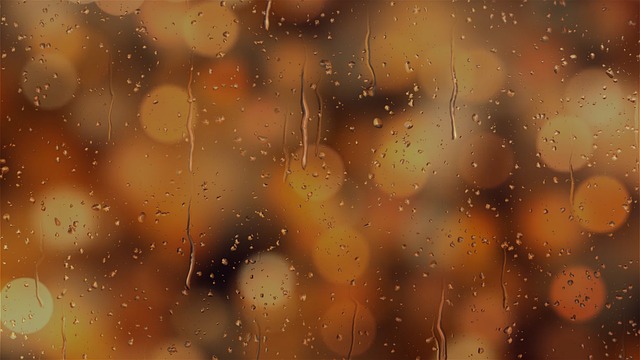Have you ever come across a photograph so mesmerizing that it makes you pause and admire the artistry behind it? Often, the secret ingredient that transforms an ordinary image into a stunning visual masterpiece is the magical effect of bokeh. As photography enthusiasts, we know that lighting plays a crucial role in capturing the essence of a moment, and the art of bokeh is a powerful tool to elevate your work.
Bokeh, derived from the Japanese word boke,” refers to the aesthetic quality of the out-of-focus areas of a photograph. It’s not just about blurring the background; it’s about creating a dreamlike atmosphere where the subject takes center stage. The right lighting combined with effective optics can help you unlock this magic, allowing your creativity to shine through.
The Role of Lighting in Bokeh
When striving for that perfect bokeh effect, lighting is paramount. The interaction between light and your subject creates depth and dimension, which can enhance the visual appeal. Soft, diffused light—like that found during golden hour—can produce a pleasing bokeh, while harsh, direct light may create unwanted distractions. Consider experimenting with backlighting; it can transform mundane objects into radiant subjects, thus amplifying the bokeh effect.
Choosing the Right Camera and Optics
Your choice of camera and optics can significantly impact the quality of bokeh. Prime lenses, especially those with wide apertures (like f/1.8 or f/1.4), are frequently favored for their ability to produce creamy backgrounds. The shape of the lens aperture blades also plays a vital role; rounded blades often create a softer bokeh, whereas straight-edged blades can result in more geometric shapes, impacting the overall feel of your photograph.
Testing and Experimenting
To truly master the art of bokeh, don’t shy away from experimentation. Set your camera to a low f-stop to create a shallow depth of field, and focus on a subject with a busy background. Observe how the lights in the background transform into blobs of color. Is it soft? Can you see defined edges or is it creamy? Take multiple shots, adjusting your lighting and distance from the subject each time to see how it influences the bokeh effect.
Common Mistakes to Avoid
As with any skill, there are common pitfalls in creating bokeh that can detract from your photography. Ensure that your focal point remains sharp while the background is adequately blurred. If the background is cluttered or distracting, it can take attention away from your subject. Pay attention to the types of lights in your background; harsh lights can create undesirable bokeh spots that may not enhance your composition.
Bringing Your Images to Life
Incorporating bokeh into your photographs can evoke emotion, emphasize your subject, and build a narrative within your images. Whether you are capturing a fleeting moment in nature or a heartfelt portrait, the shimmering bokeh can help connect the viewer to the story you wish to tell. Remember, the goal of photography is to inspire and evoke feelings; bokeh is merely a tool to help you achieve that.
Embrace the charm of bokeh and explore how this enchanting effect can transform your photography. With the right lighting, camera, and optics, you’ll be well on your way to creating stunning images that radiate magic from every pixel!




